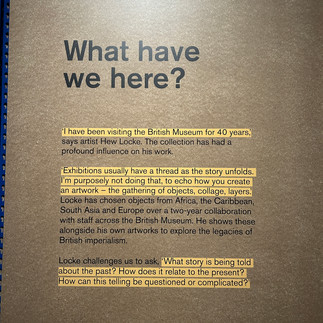Tips to Calm a Busy Composition
- suzannenicholl
- Mar 14
- 2 min read
I have never watched Landscape Artist of the Year, which just kicked off again here in the UK, but it got me thinking about the pressure of 'performing' in front of the cameras and on-lookers when I caught the podcast Learn to Paint with Carolyn Lord, an American en plein air artist.
Lord generously shares her process and reminded me that as much as I love my work to be dynamic, creating a compelling painting isn’t just about adding energy and lots of marks—it’s also about knowing when to hold back.
She goes on to explain how she sees a good composition relying on a 'hierarchy of interest', balancing focal points with areas of rest. Without this balance, a painting risks becoming overwhelming, like a loud room where every voice shouts for attention.
Why Areas of Rest Matter
Restful areas in a painting serve two key purposes. First, they provide contrast, making high-energy areas more dynamic.
Second, they offer viewers a visual pause, allowing them to absorb the work more deeply and help them spend longer with it.
How to Create Areas of Rest - Lord makes 3 suggestions
1. Using Neutrals: I create neutrals by mixing complimentary colours within the palette or mixing a small amount of all the palette with a light or white. This creates a colour that calms sections to contrast with vibrant focal points.
2. Repetition of Shapes: Repeated forms or motifs can guide the eye smoothly over areas, preventing overstimulation. A little like the effect of wall paper.
3. Low Value Contrast: Using subtle transitions in light and dark to give viewers a moment of calm before returning to high-contrast focal areas.
Whether we paint landscapes, abstracts, or anything in between, applying these principles can help our work feel energetic without becoming busy.
Lord suggests to design focal areas boldly, but don’t forget to leave space for quiet moments—our viewers will thank us.
Thanks for popping by. Here's more to tickle your arty fancy:









Comments